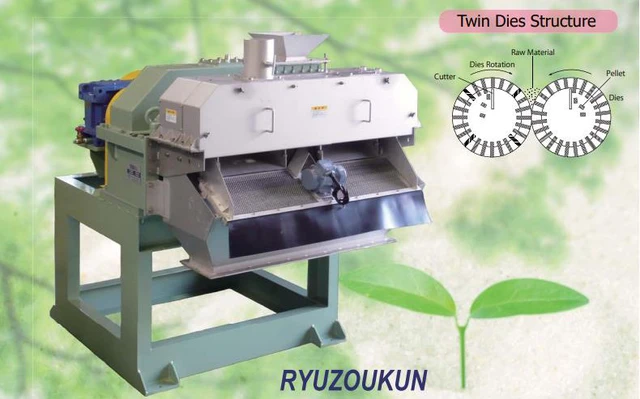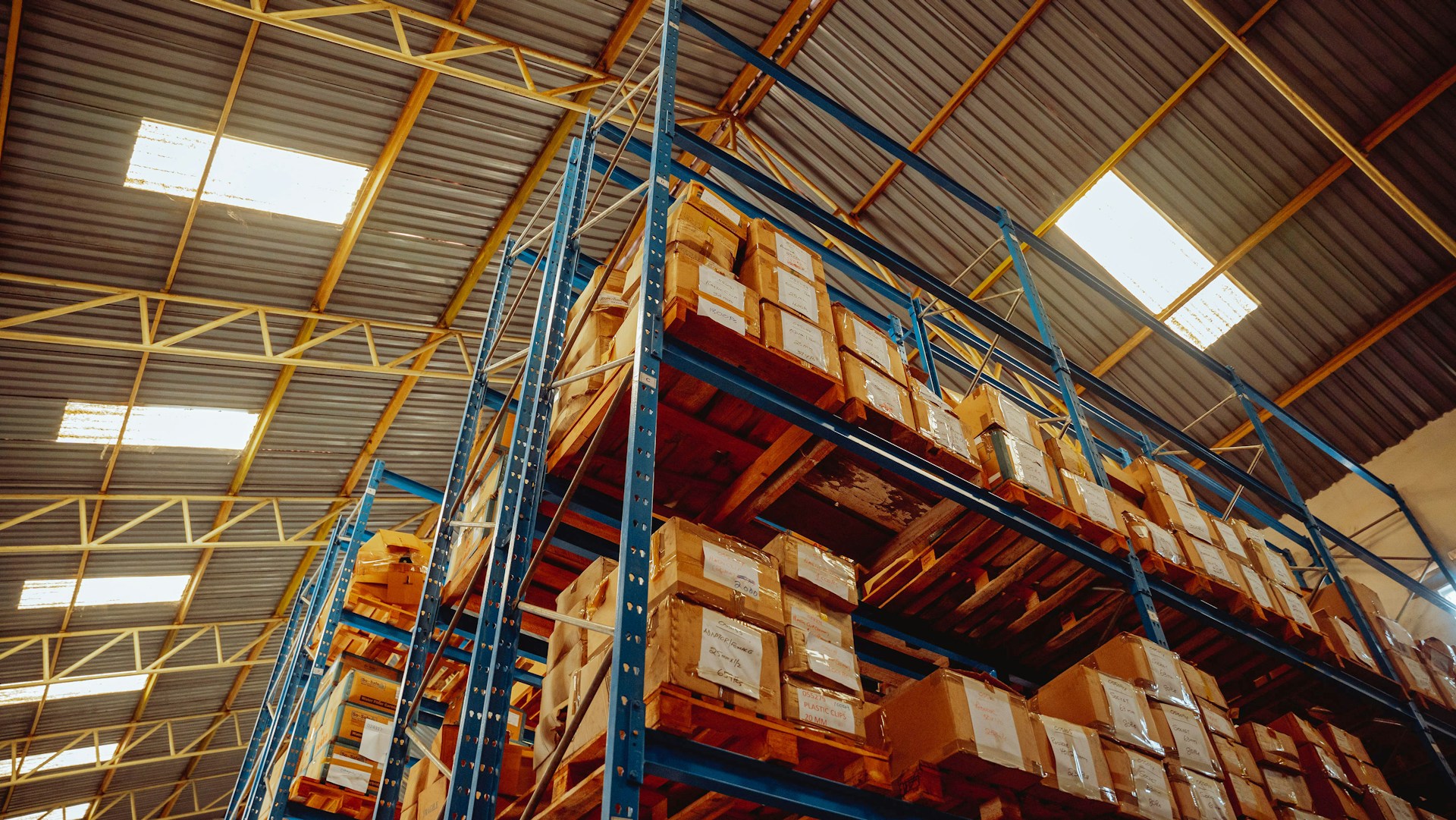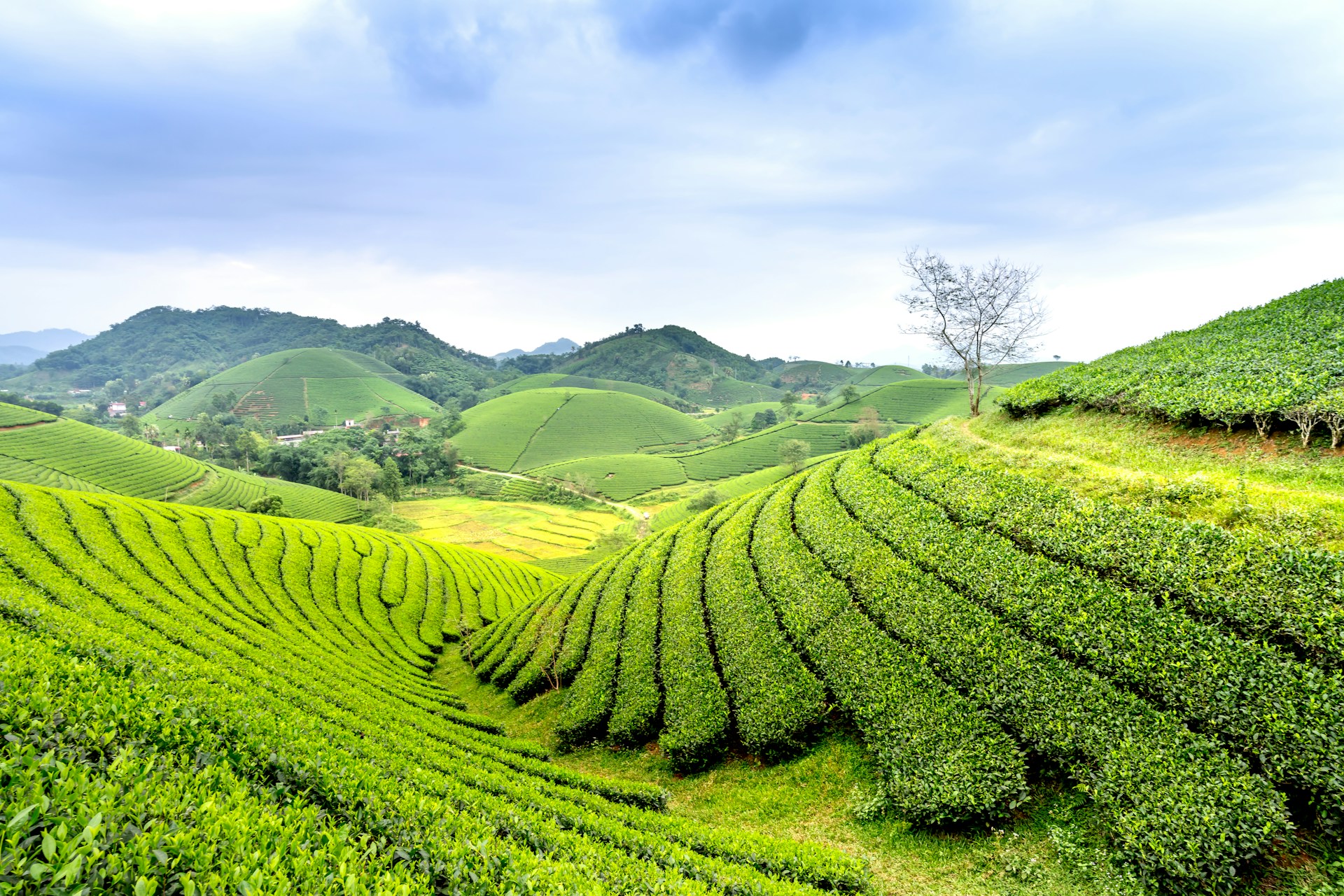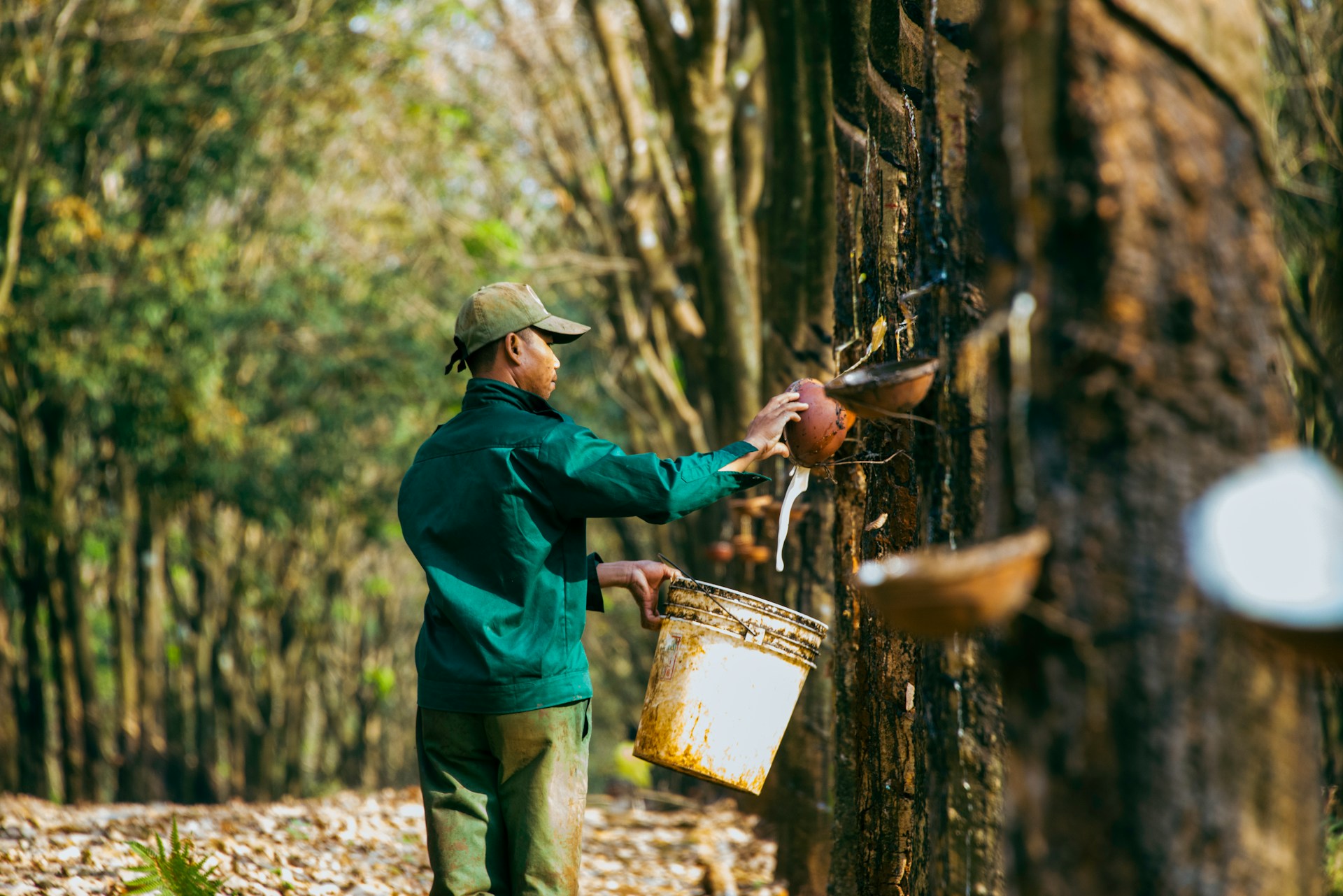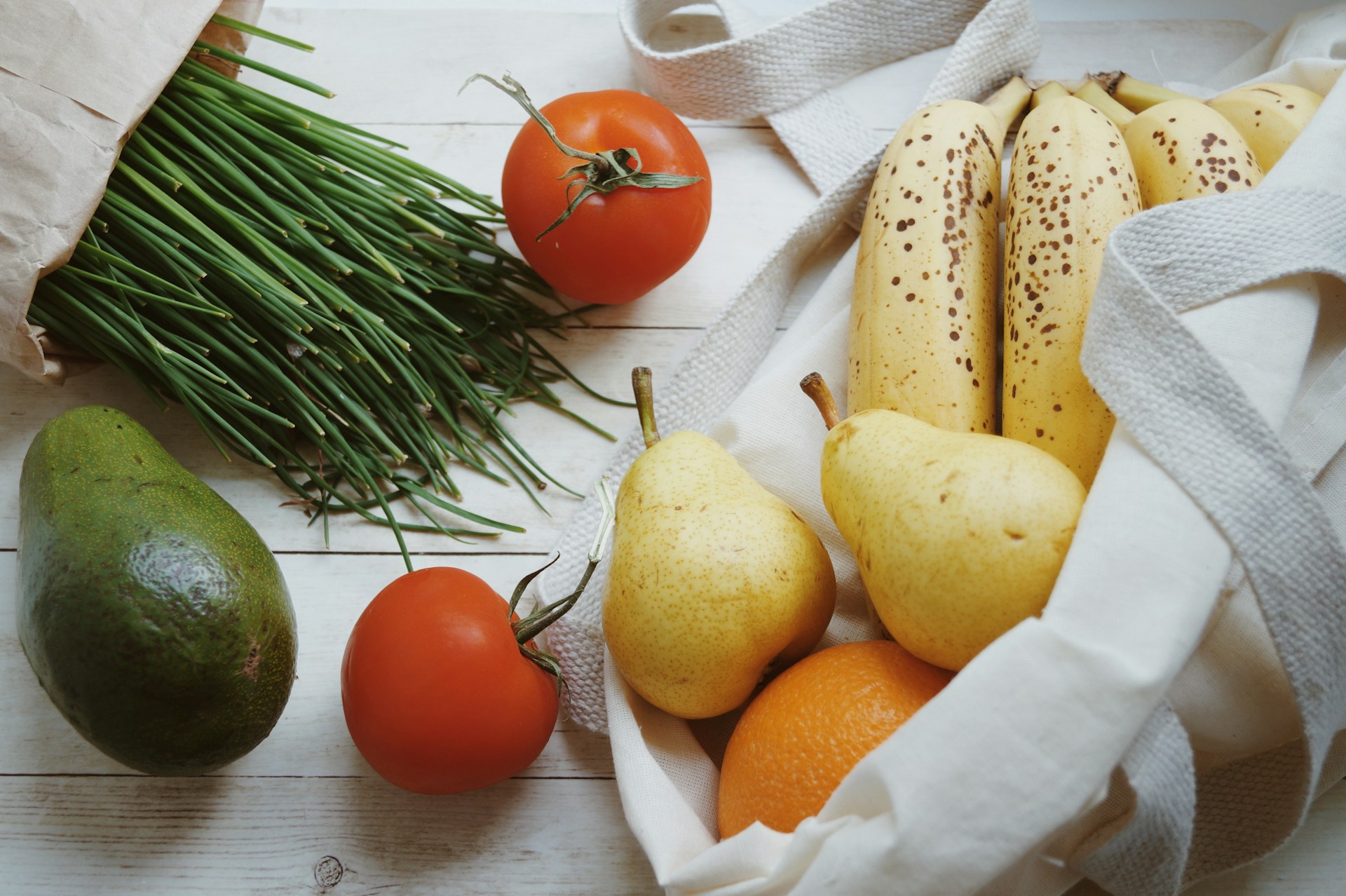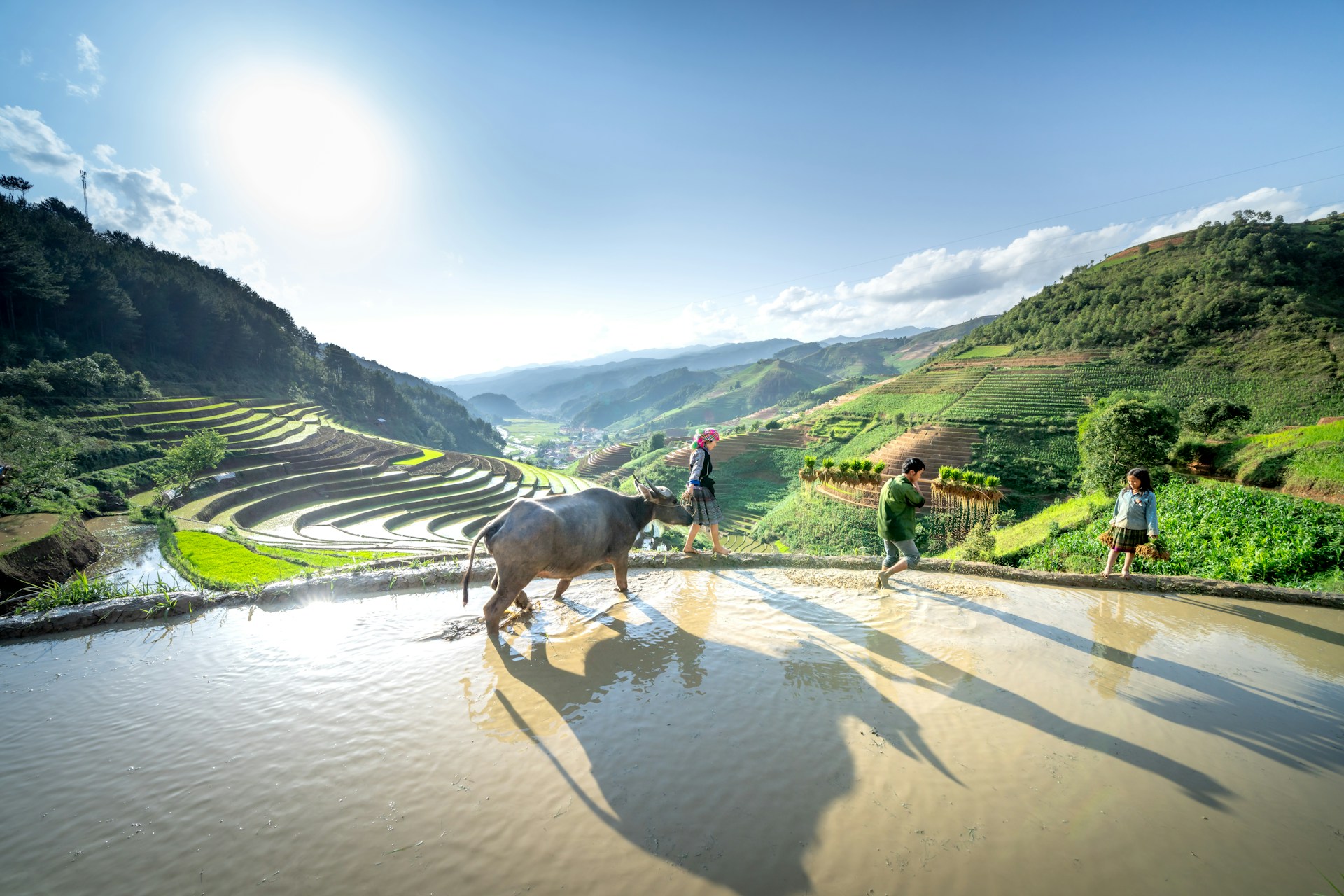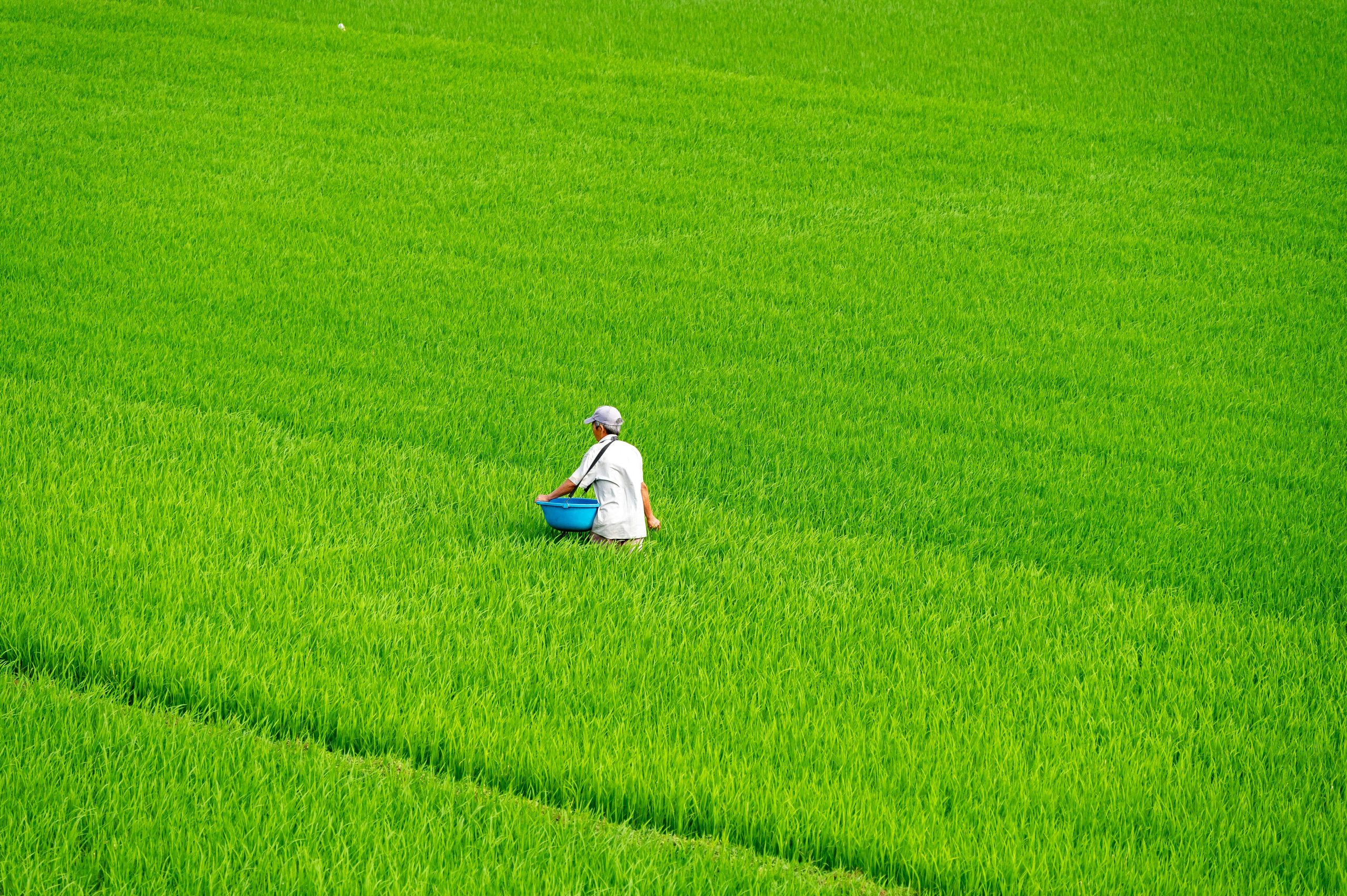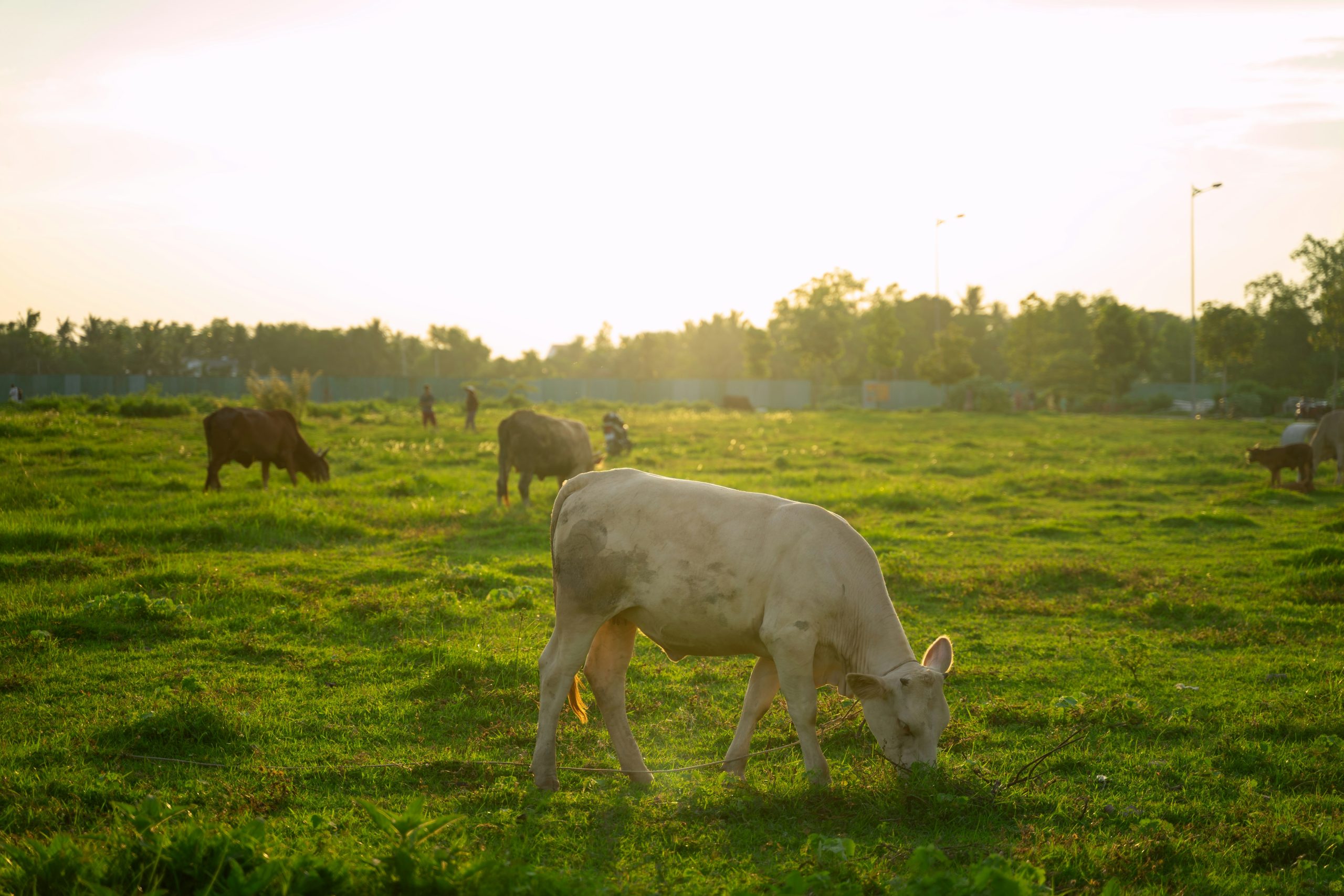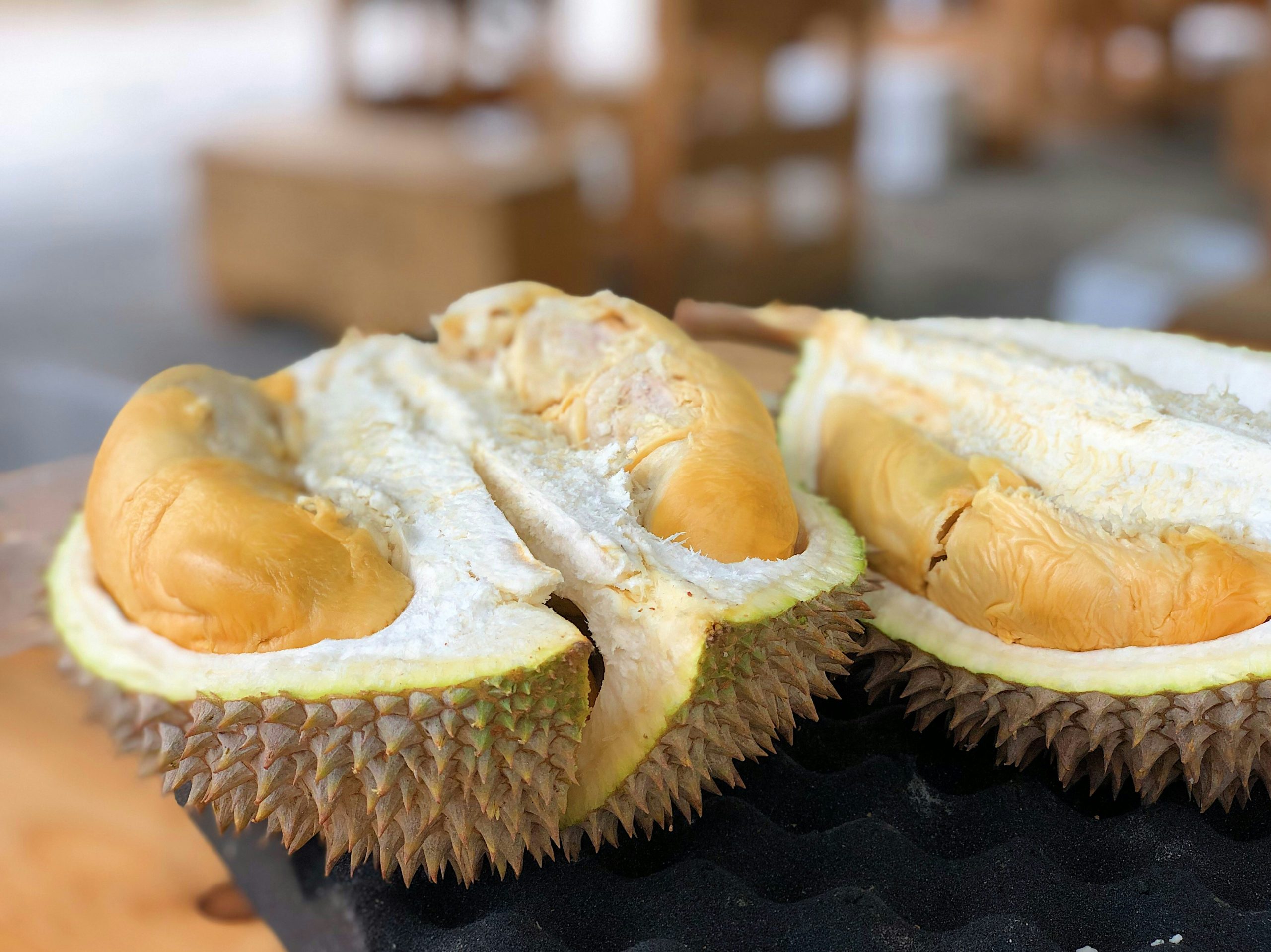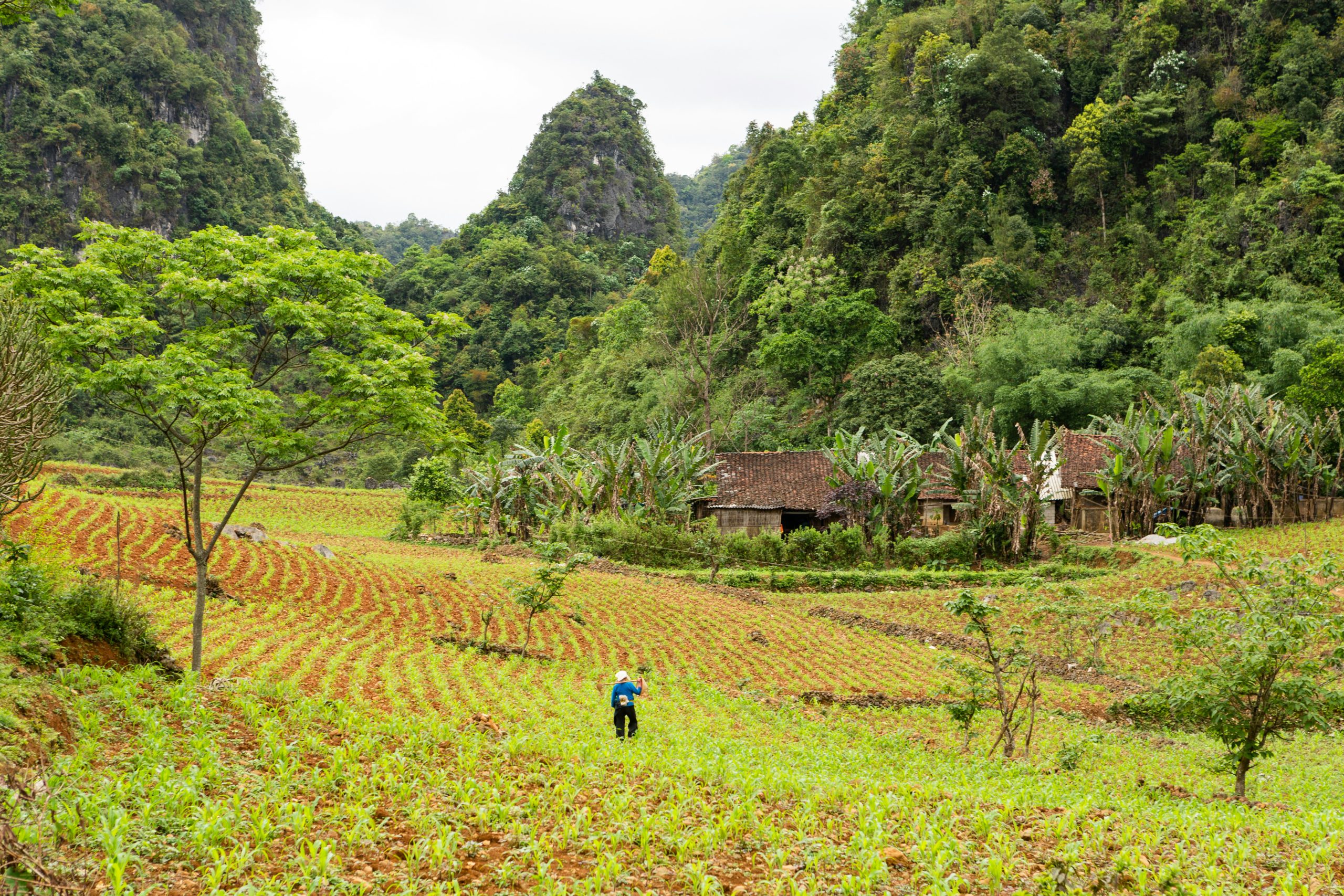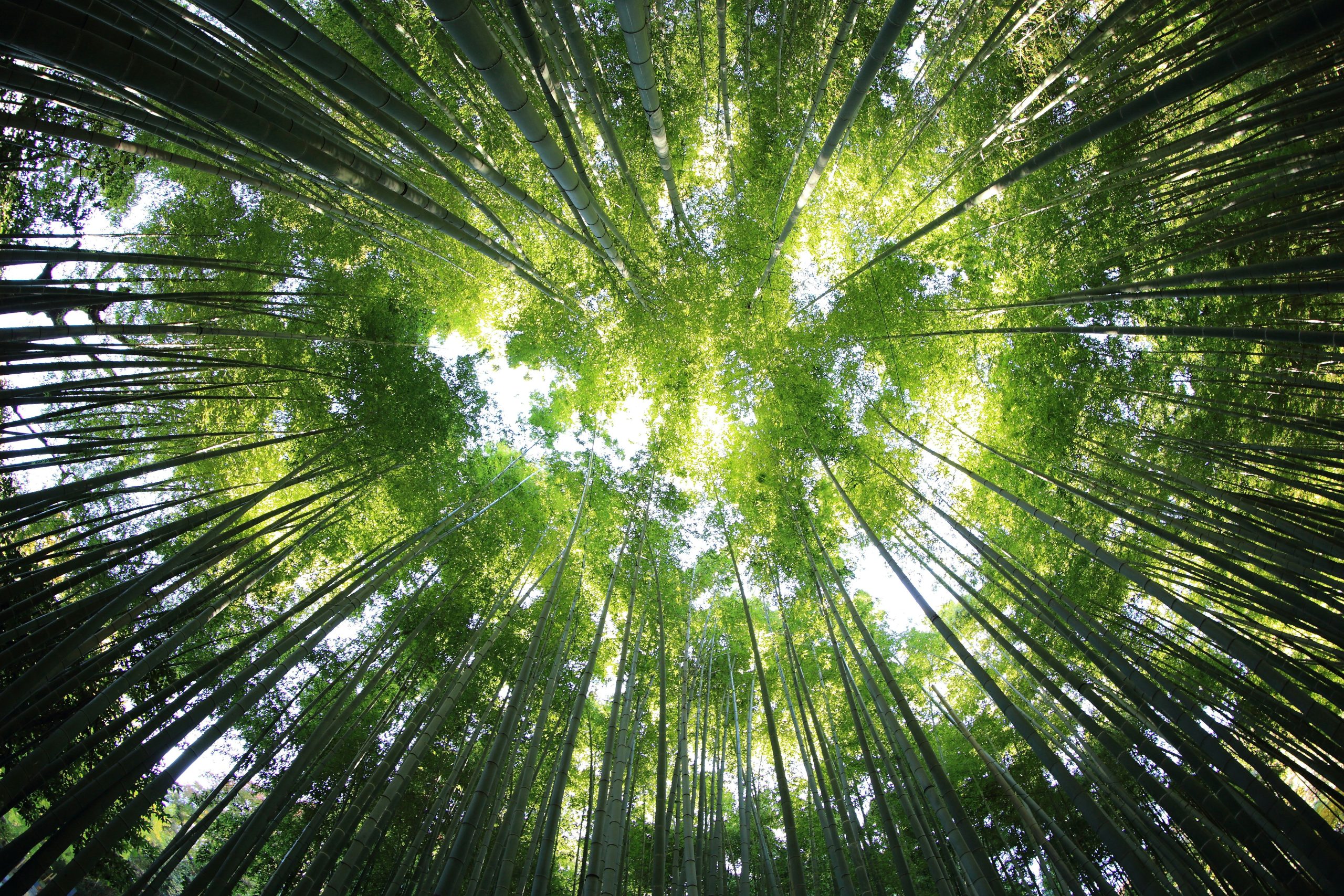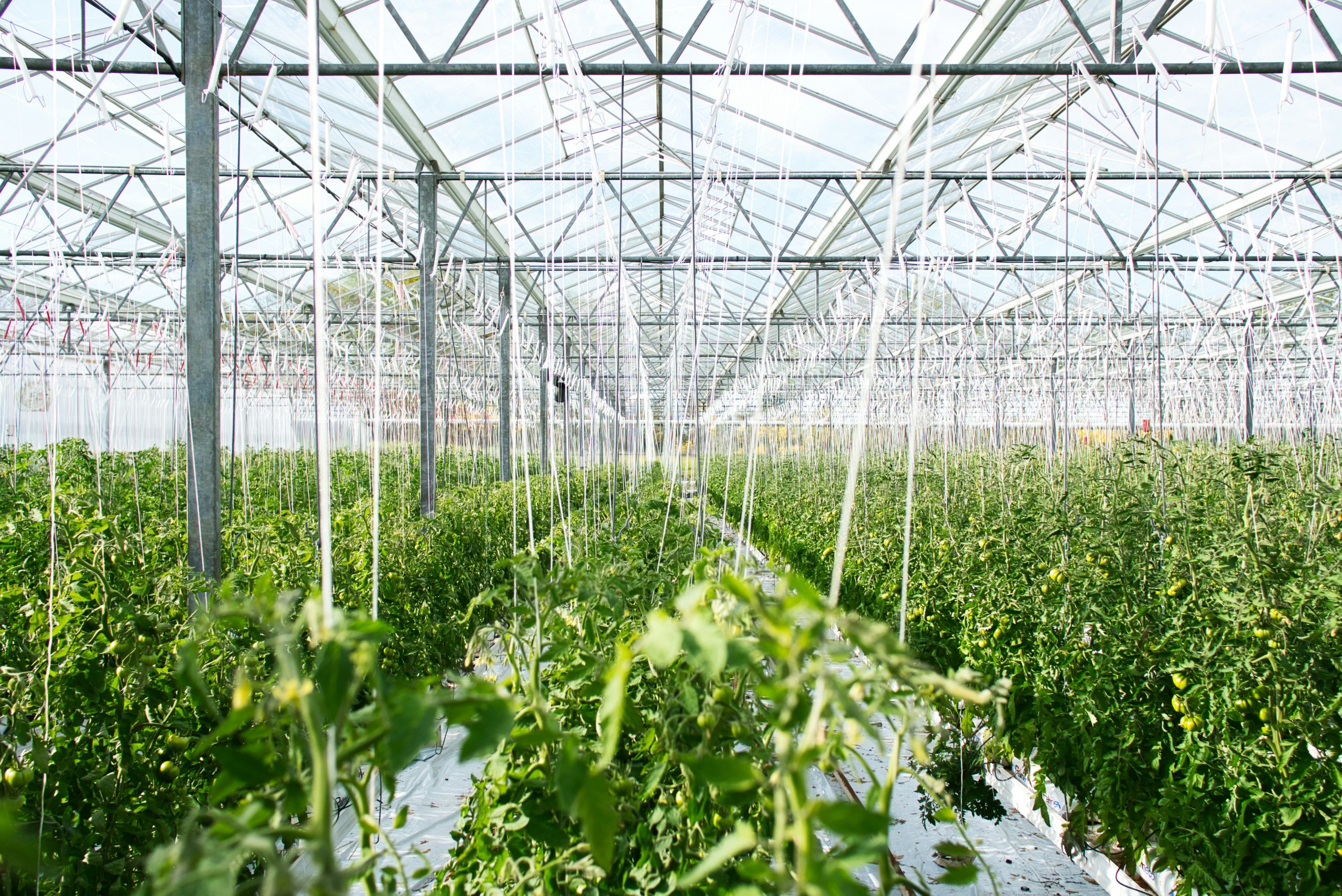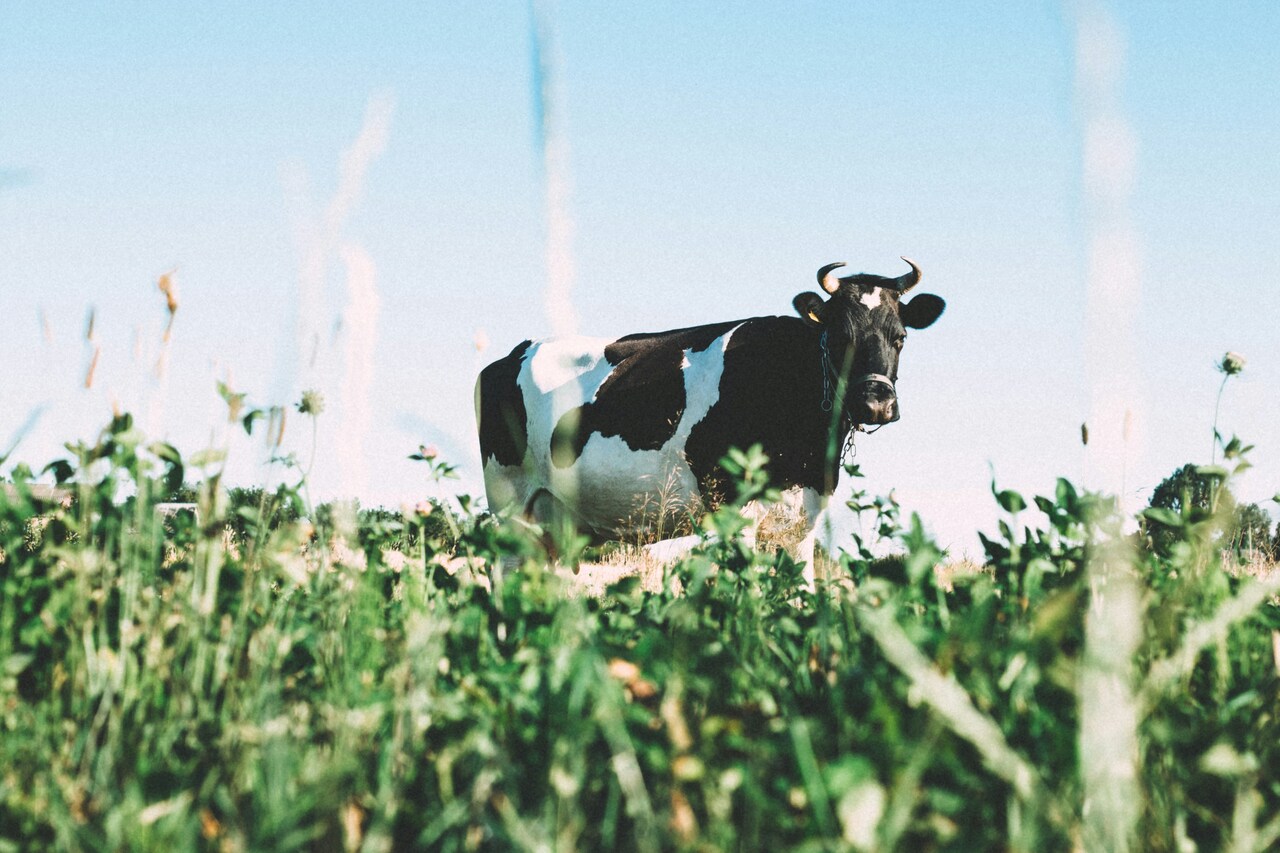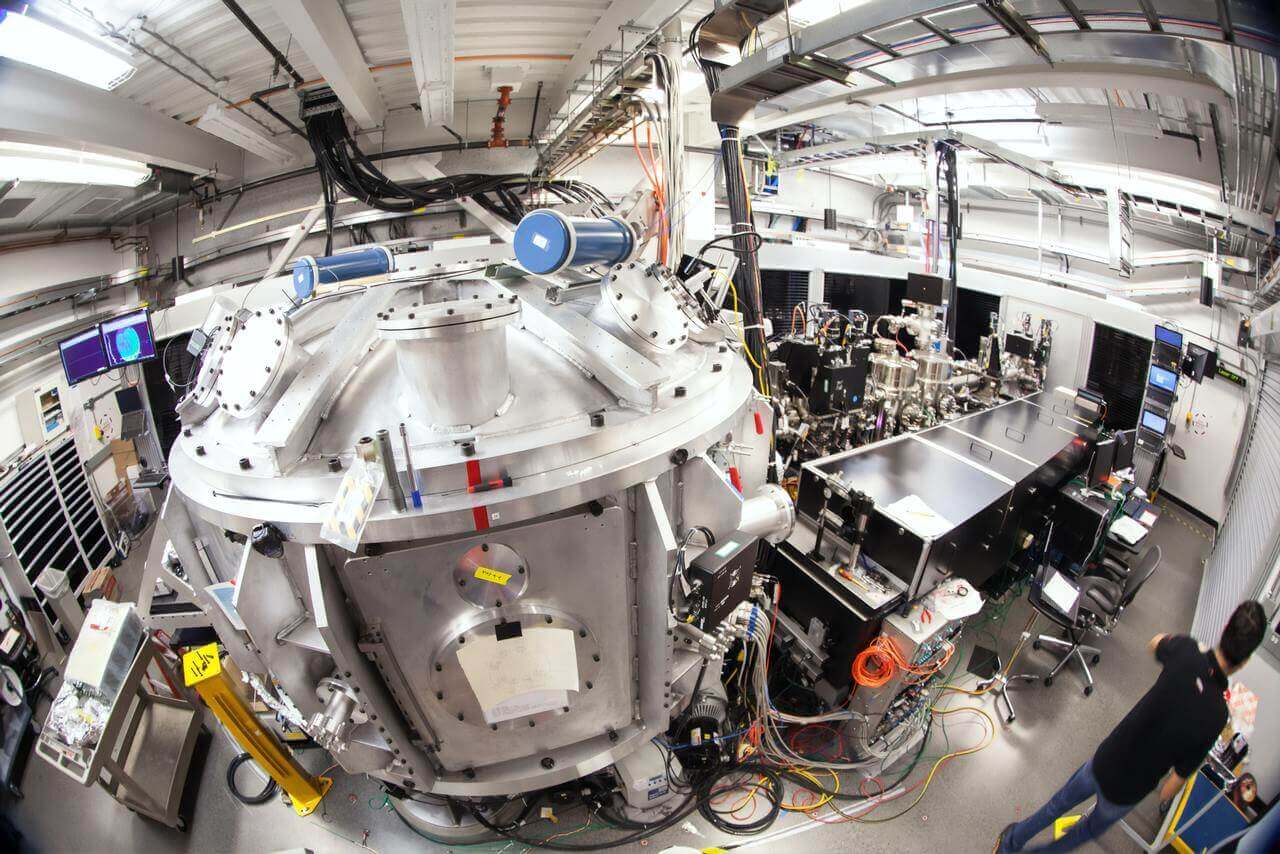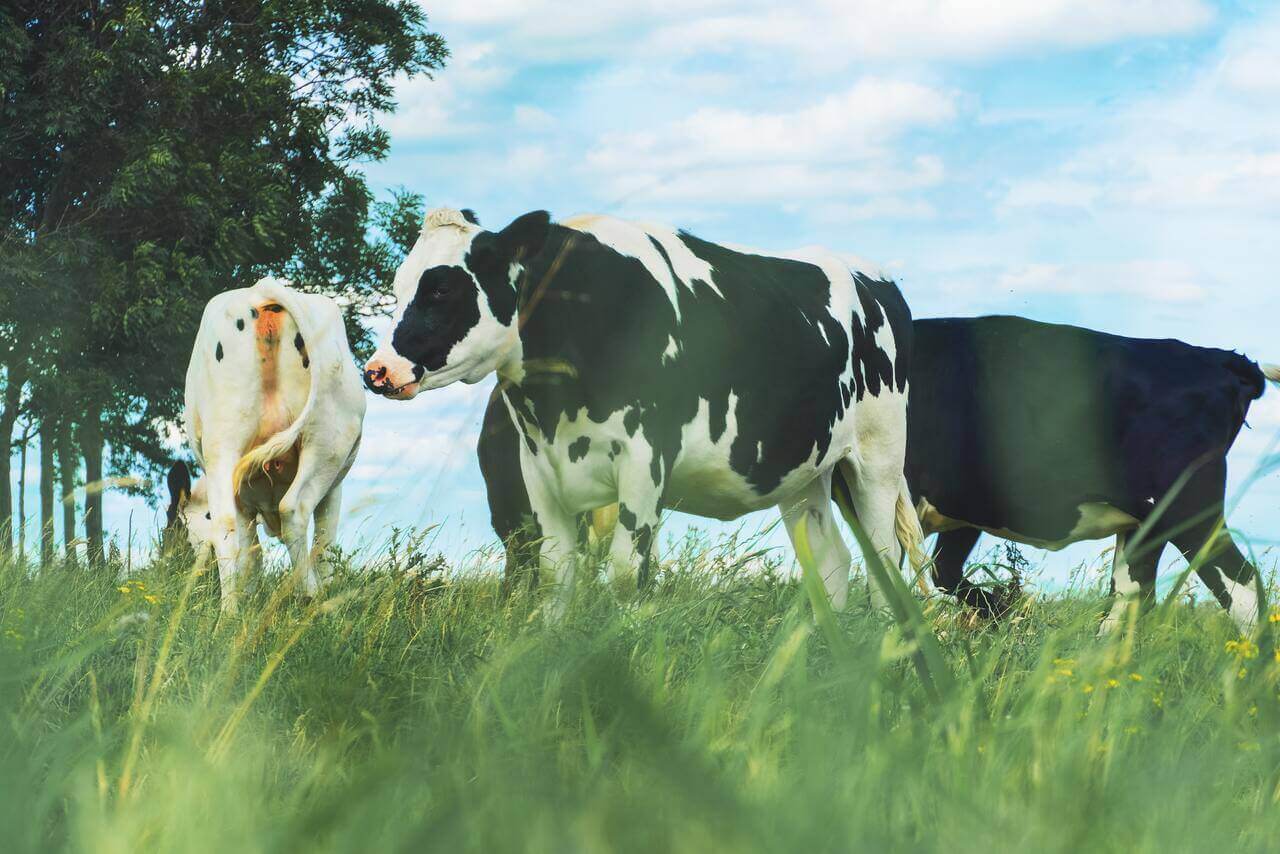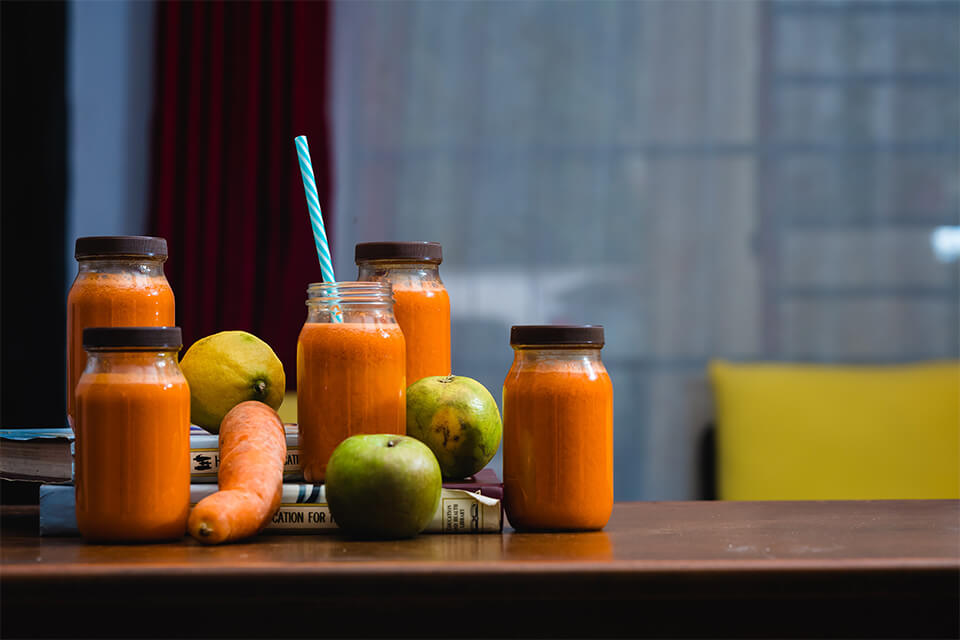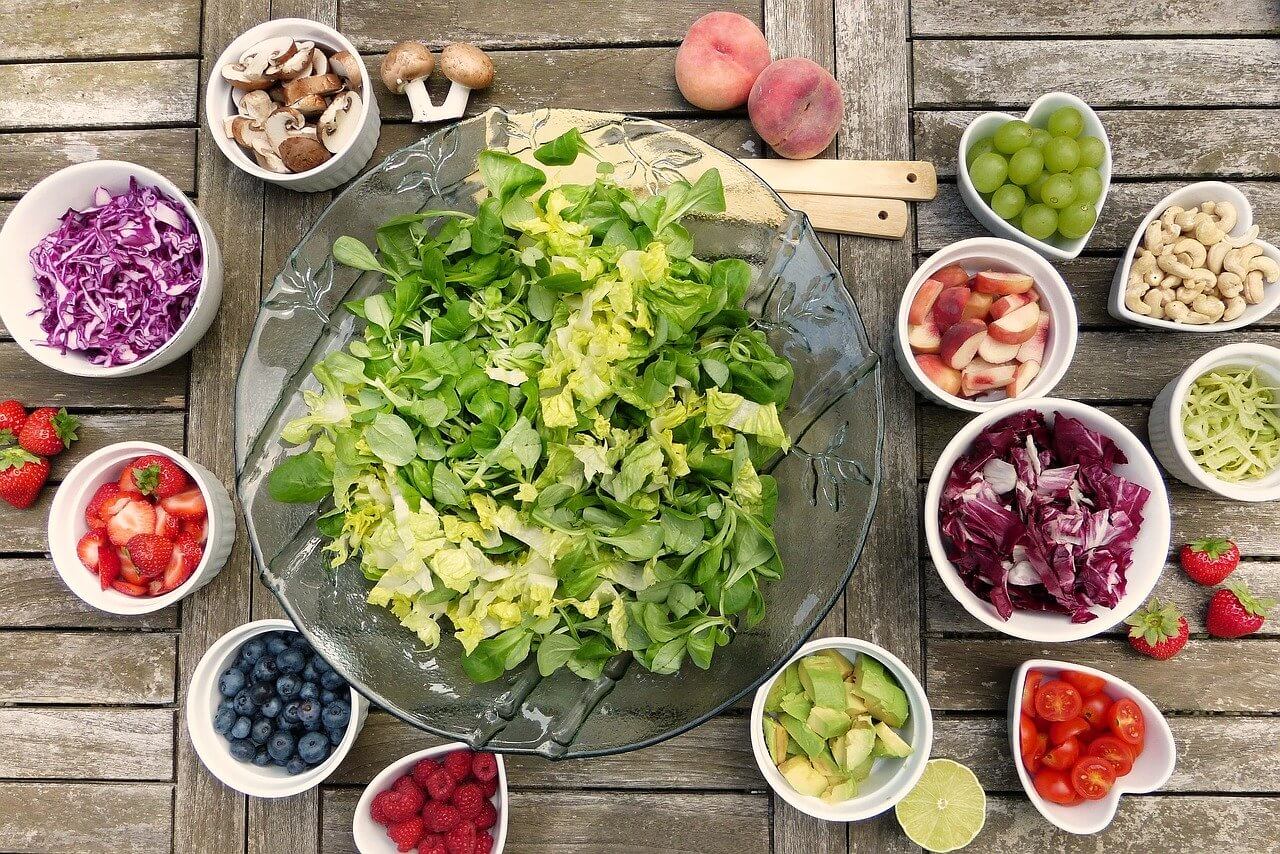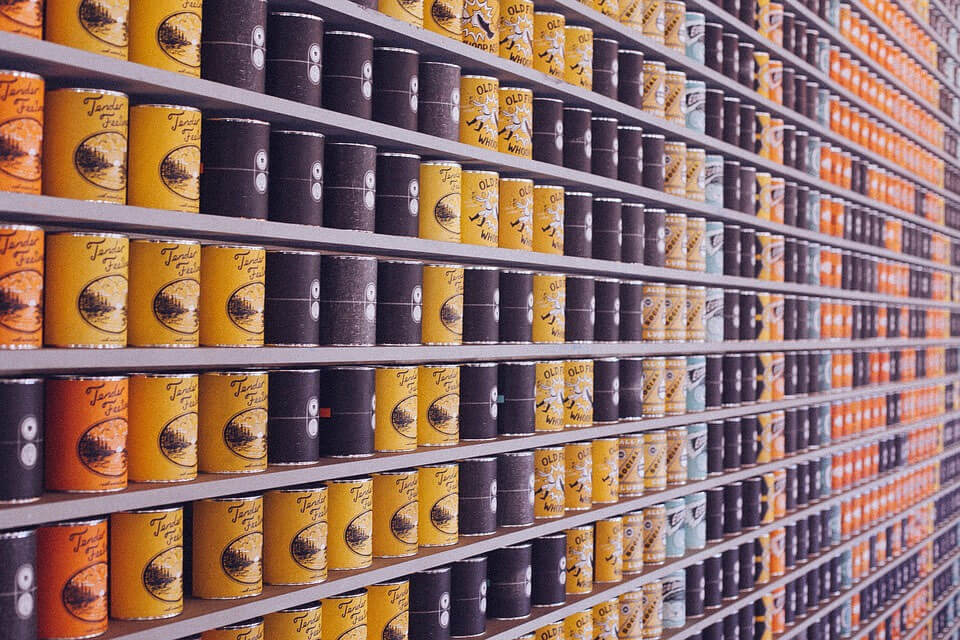15Mar2017
Industry Reviews
Comments: No Comments.
2017/3/6
“200 high-tech agriculture enterprises by 2020”
Vietnam is strongly promoting hi-tech agriculture, as a mean to increase productivity and reduce negative impact on the environment.
The country has set a target that in 2020, hi-tech agriculture product would account for 35% of total value of national agriculture product (approximately 11.6 billion USD on 33.2 billion USD).
To achieve that ambitious target, enthusiastic participation of private sector is required. According to the Government’s outlook, there would be 200 hi-tech agriculture enterprises operating nationwide by 2020. However, until 2015, the number was reported to stand at just 22.
Whether this void of hi-tech agriculture enterprises would be filled up in time or not depends a lot on foreign investment, because the most plausible business model would be a cross-country partnership, in which the Vietnamese side provides land and understanding of local conditions, while a foreign side contributes technology and know-how.
“30 tons of clean vegetables and fruits per day”
VinEco Co., Ltd, an agriculture-focused affiliate of VinGroup, is a prime example of such model. In 2016, the company supplied 30 tons of clean vegetables and fruits per day to domestic market.
This outstanding figure was achieved thanks to great support from global leaders in the field of hi-tech agriculture.
Among VinEco’s partners, Teshuva Agriculture Projects Co., Ltd (Israel) transfers Nutrient Film Technique (NFT)[i]; Netafim Co., Ltd (Israel) implements and supervises the operation of drip irrigation system[ii]; while Kubota Corp (Japan) provides agriculture machinery and equipment to all VinEco farms.
Of course candidates for collaboration are not limited to big corporates. Foreign investors can always team up with small farming units like local companies or even households. An Phu Lacue Co., Ltd (a joint venture between Lacue Co., Ltd from Kawakami village of Japan and An Phu Co., Ltd from Da Lat city of Vietnam) is the shiny demonstration of how a modest initiation can result in great success.
Beginning with just 2 Japanese and 15 Vietnamese farmers in 2014, the company has been consistently producing premium quality lettuce in Da Lat with estimated productivity of 30 tons per hectare.
Its main market is within Vietnam, via distributing channels of reputable supermarkets like AEON, Fivimart, Family Mart, etc.
“increased from 2.6 billion USD to 4.34 billion USD”
Either going with big national corporates or small local companies, foreign investors will surely find a lot of support and favorable conditions.
The national program on hi-tech agriculture development (Decision No. 1895/QD-TTg in 2012) states that by 2020, 10 hi-tech agriculture zones will be up and running (currently 6 zones are already active).
In 2017, the State Bank of Vietnam is expected to increase their preferential credit package for hi-tech agriculture enterprises from 2.6 billion USD to 4.34 billion USD. One year earlier, Vietnam National University of Agriculture, to prepare a reliable supply of skillful labor force, sent 600 young Vietnamese to Nagato, Japan for a 7-month on-job-training program called “Discovery of Japanese Agriculture’.
On a different note, there are a few points foreign investors should notice on entering Vietnam’s market. For example, the hi-tech element in ‘hi-tech agriculture’ will be regulated by Law on High Technologies.
Besides, for an enterprise to be officially acknowledged as a ‘hi-tech agriculture enterprise’, it must obtain a certificate stating as such from Ministry of Agriculture and Rural Development.
In conclusion, Vietnam offers a lot of opportunities for foreign investors to do business in the field of hi-tech agriculture. The country also extends its welcome to supplemental imported values like organizational and managerial technique, which are integral to any hi-tech agriculture ecosystem.
REFERENCE:
- Agroberichten Buitenland, “Vietnam: Hi-tech agriculture a growing trend”, 2016
www.agroberichtenbuitenland.nl
- Vietnamnews, “Hi-tech agriculture needs more easy credit”, 2017
- Website of Ministry of Agriculture and Rural Development
- Website of VinEco Co., Ltd; An Phu Lacue Co., Ltd
http://vineco.net.vn
https://anphu-lacue.jimdo.com
[i] Nutrient film technique (NFT) is a hydroponic technique wherein a very shallow stream of water containing all the dissolved nutrients required for plant growth is re-circulated past the bare roots of plants in a watertight gully, also known as channels.
[ii] Drip irrigation is a form of irrigation that saves water and fertilizer by allowing water to drip slowly to the roots of many different plants, either onto the soil surface or directly onto the root zone, through a network of valves, pipes, tubing, and emitters.



